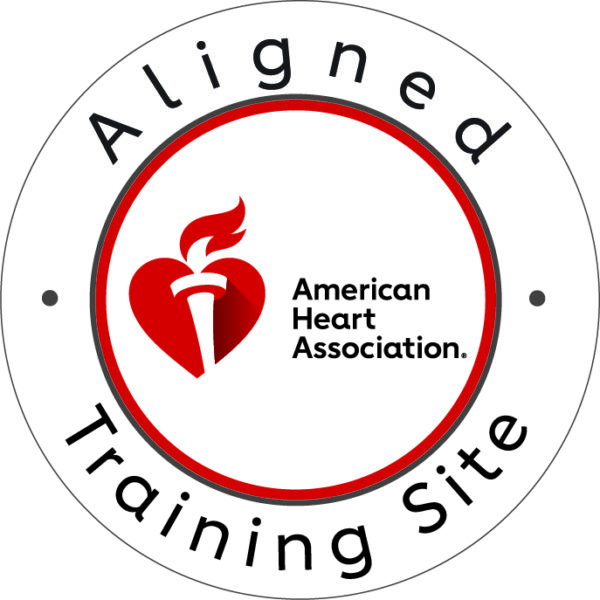Texas Onsite CPR Blog | Return to Blog Index
Common Mistakes to Avoid When Following the BLS Algorithm
September 17, 2025

Mistakes can happen under pressure, especially in life-and-death situations. Basic Life Support (BLS) training is designed to give people the confidence and skill to step in during a cardiac emergency. Yet, even trained professionals can slip up when adrenaline takes over. That’s why understanding common mistakes in following the BLS algorithm is crucial. For anyone searching for BLS certification near Texas, avoiding these missteps can make all the difference in saving a life.
Forgetting to Assess Scene Safety
It’s easy to rush in when someone collapses, but skipping the first step, ensuring the scene is safe, can put both the rescuer and victim at risk. If there are hazards like live wires, traffic, or aggressive bystanders, the rescuer could become another victim. Always take a quick scan of the environment before approaching.
Inconsistent Chest Compressions
One of the most common errors is delivering compressions that are too shallow, too slow, or inconsistent. The algorithm stresses high-quality CPR:
- Push hard (at least 2 inches deep in adults).
- Push fast (100–120 compressions per minute).
- Allow complete chest recoil.
Even small mistakes in rhythm or depth can drastically reduce survival chances.
Read Also: Understanding the BLS Algorithm: The 7 Essential Components
Delaying CPR for Pulse Checks
Some rescuers spend too long trying to find a pulse. The guideline is simple: take no more than 10 seconds. If unsure, start compressions immediately. Delay costs valuable oxygen delivery to the brain and heart.
Overlooking Ventilation Timing
Giving too many breaths or delivering them too forcefully can be harmful. The BLS algorithm calls for two rescue breaths after every 30 compressions, lasting about one second each, just enough to see chest rise. Hyperventilating the patient can lead to complications like decreased cardiac output.
Forgetting to Use an AED Promptly
Another common mistake is hesitating to use an Automated External Defibrillator (AED). Some people wait for advanced help instead of turning on the AED immediately. Remember: early defibrillation is one of the most effective steps in the chain of survival.
Key Mistakes vs. Correct Actions
| Mistake | Correct Approach |
| Skipping scene safety check | Always scan for dangers before starting BLS |
| Shallow or inconsistent compressions | Push 2 inches deep, 100–120 per minute, full chest recoil |
| Spending too long on the pulse check | Check for 10 seconds max, start compressions if unsure |
| Over-ventilating the patient | Deliver 2 breaths, 1 second each, only until the chest rises |
| Delaying AED use | Turn on the AED as soon as it is available and follow its prompts |
Neglecting Team Communication
When multiple rescuers are present, poor communication can throw off the algorithm. Assign roles: one handles compressions, another manages the airway, and another operates the AED. Clear communication prevents overlap or missed steps.
Failing to Practice Regularly
Skills fade without practice. Even after certification, practice drills and refresher courses are critical. A basic life support study guide in Texas can help learners reinforce steps and stay confident.
Why Training Matters More Than Ever?
Emergencies don’t wait for perfect conditions. People panic, time runs short, and mistakes creep in. By being aware of these pitfalls, learners can improve their response and effectiveness. Texas OnSite CPR provides expert-led courses that emphasize both the science and practical application of BLS skills. Access to resources like a basic life support study guide in Texas ensures students don’t just pass the exam but retain lifesaving knowledge.
FAQs
- What is the BLS algorithm?
It’s a structured set of steps used to provide immediate care to someone experiencing cardiac arrest or respiratory failure.
- How often should I renew BLS certification?
Every two years, though practicing skills regularly between renewals is recommended.
- Do I need medical experience to take BLS training?
No. Anyone can take the course, but it’s especially important for healthcare providers, first responders, and caregivers.
- Can an AED be used by someone without training?
Yes. AEDs give voice prompts that guide the rescuer step by step, but formal training makes the process smoother.
- Where can I find trusted BLS courses in Texas?
Texas OnSite CPR offers professional training and resources, including a basic life support study guide in Texas, to help you master the skills.
Ready To Sharpen Your Skills?
Mistakes during emergencies are common, but preparation reduces them. By knowing the BLS algorithm and avoiding these pitfalls, you can respond faster and with confidence. Whether you’re a healthcare professional or simply want to be prepared, training is your best tool.
Enroll today with Texas OnSite CPR and gain the confidence to save lives when it matters most.
Texas Onsite CPR Blog - Return to Blog Index





 FORT WORTH
FORT WORTH